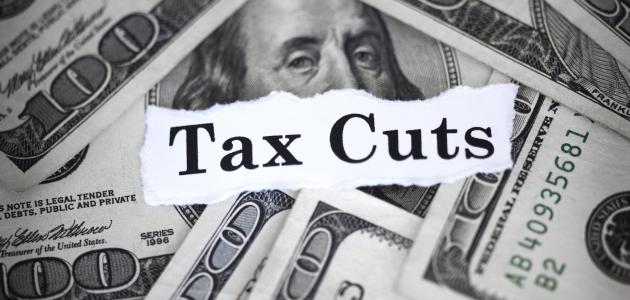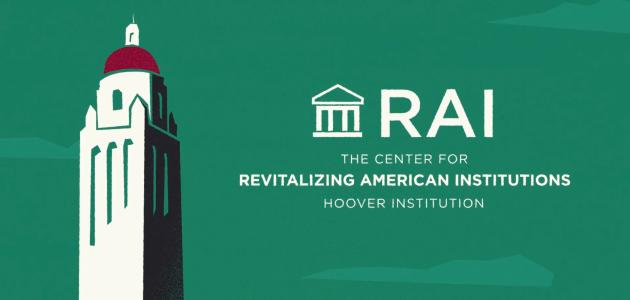Edward Teller, a senior research fellow at the Hoover Institution since 1975, where he specialized in international and national policies concerning defense and energy, died September 9, 2003. He was 95.
Dr. Teller was most widely known for his significant contributions to the first demonstration of thermonuclear energy; in addition he has added to the knowledge of quantum theory, molecular physics, and astrophysics.
"Edward was a treasure at the Hoover Institution. Throughout his time at Hoover, he was brilliant, interesting, thought-provoking, collegial, and incredible institutional citizen," said Hoover Institution director John Raisian. "I was so pleased when he recently was awarded the Medal of Freedom, yet another major acknowledgement of his lifetime accomplishments. I, for one, will miss his calling me to his office, asking my advice on policy issues, as if I had anything of substance to say to this great man."
As of Wednesday, plans for services were pending.
In July, when Dr. Teller was awarded the Medal of Freedom, he was lauded by President George W. Bush for his contributions to the United States.
"Edward Teller helped to shape the course of human history," President Bush said, as he presented Teller the medal for his "long life of brilliant achievements and patriotic service. "He has been a strong advocate for national defense and the cause of human freedom. The United States honors him for his excellence in science and in education, and his unwavering commitment to the nation," Bush added.
Dr. Teller served as a member of the General Advisory Committee of the U.S. Atomic Energy Commission from 1956 to 1958 and was chairman of the first Nuclear Reaction Safeguard Committee.
He was concerned with civil defense since the early 1950s. He was a member of the Scientific Advisory Board of the U.S. Air Force, a member of the Advisory Board of the Federal Emergency Management Agency, and on the White House Science Council.
Dr. Teller received numerous honors, among them the Presidential Medal of Honor in 2003, the Albert Einstein Award, the Enrico Fermi Award, the Harvey Prize from the Technion-Israel Institute, and the National Medal of Science.
He was a fellow of the American Physical Society and the American Nuclear Society and was a member of the National Academy of Sciences and the American Academy of Science.
His books include Memoirs: A Twentieth-Century Journey in Science and Politics (written with Judith Shoolery, 2001), Conversations on the Dark Secrets of Physics (Plenum Press, 1991), Better a Shield Than a Sword (Free Press, 1987), Pursuit of Simplicity (Pepperdine Press, 1980), and Energy from Heaven and Earth (W. H. Freeman, 1979).
He was director of the Lawrence Livermore Laboratory from 1958 to 1960, at which time he accepted a joint appointment as a professor of physics at the University of California and as associate director of the laboratory. He held these posts until his retirement in 1975. He continued as a consultant at the Lawrence Livermore National Laboratory.
He was appointed a Hoover Institution fellow in 1975.
From 1954 to 1958, he served as Associate Director at the new Lawrence Livermore Laboratory. He became a consultant to the laboratory in 1952.
In 1946, he became a professor of physics at the University of Chicago but returned to Los Alamos Scientific Laboratory in 1949.
In 1942, having served as a consultant to the Briggs committee, Teller joined the Manhattan Project. His efforts during the war years included work on the first nuclear reactor, theoretical calculations of the far-reaching effects of a fission explosion, and research on a potential fusion reaction.
In 1935, Dr. Teller and his wife, Augusta Maria Harkany, who was known as Mici, came to the United States, where he held, until 1941, a professorship at George Washington University. The Tellers became U.S. citizens in 1941.
In 1934, under the auspices of the Jewish Rescue Committee, Teller served as a lecturer at the University of London. He spent two years as a research associate at the University of Goettingen, followed by a year as a Rockefeller fellow with Niels Bohr in Copenhagen.
Born in Budapest, Hungary, in 1908, he received his university training in Germany and completed his Ph.D. in physics under Werner Heisenberg in 1930 at the University of Leipzig.
His wife died in 2000. He is survived by a son, Paul, and a daughter, Wendy, four grandchildren and one great-grandchild.












